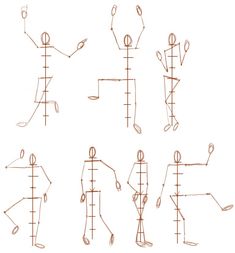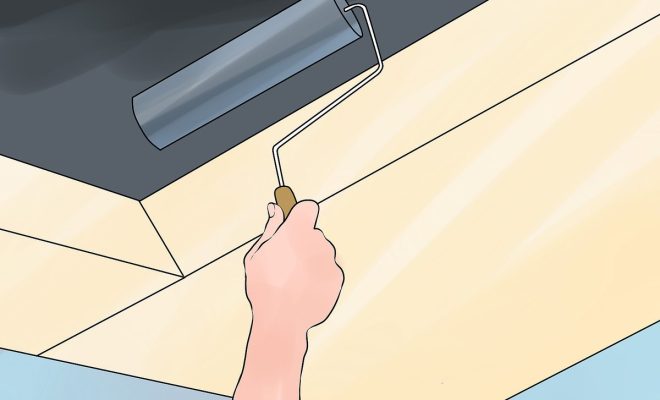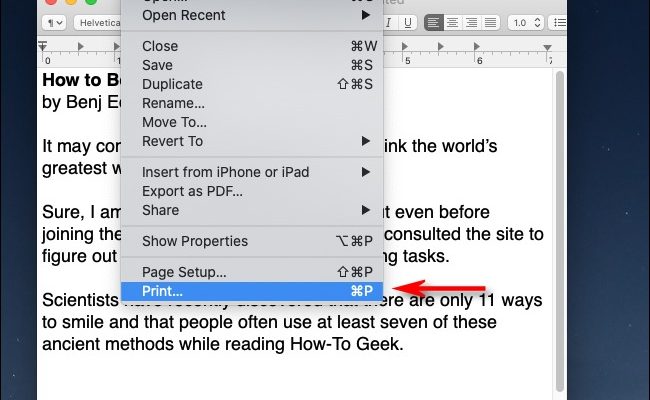How to Make Vaporwave: 9 Steps

Vaporwave is a unique and compelling musical genre that emerged in the early 2010s. With its nostalgic ambiance, dreamy soundscapes, and evocative samples, vaporwave has captured the hearts and minds of countless music enthusiasts. If you’re interested in creating your own vaporwave tracks, here are nine essential steps to get you started.
1. Study the genre: Before diving into production, it’s essential to understand the aesthetic and sonic characteristics of vaporwave. Listen to prominent artists like Macintosh Plus, Blank Banshee, and Saint Pepsi to get a feel for their distinct styles.
2. Choose your DAW: A digital audio workstation (DAW) is critical for producing electronic music. Industry favorites include Ableton Live, FL Studio, and Logic Pro X. Consider which program best caters to your creative needs and budget constraints before making a choice.
3. Source vintage samples: The foundation of vaporwave lies in sampling retro music from the ’80s and ’90s, particularly mall muzak, smooth jazz, and R&B tracks. Look for these songs online or rummage through old vinyl records at thrift stores.
4. Slow down samples: Once you’ve sourced your samples, slow them down to create that signature vaporwave vibe. Experiment with different time-stretching techniques available in your DAW until you strike the right balance between atmosphere and listenability.
5. Chop and loop: To create seamless loops of your chosen samples, slice them into pieces that can be easily repeated throughout your track. Use crossfades or volume automations to mask any discrepancies at the beginning or end of each section.
6. Manipulate pitch: Manipulating pitch can imbue your track with an otherworldly quality reminiscent of vaporwave’s nostalgia-laden soundscape. Use pitch-shifting tools within your DAW to nudge your sampled melodies into the appropriate key or mood.
7. Add effects: Incorporate various effects, such as reverb and delay, to add texture and depth to your music. Experiment with different settings to find the perfect combination of ambiance and clarity.
8. Compose original elements: While vaporwave relies heavily on samples, incorporating original material can elevate your track to new heights. Consider writing synthesizer melodies or drum patterns that complement your chosen samples.
9. Balance and mix: Once you’ve assembled your track, take the time to balance and mix your elements properly. Use EQ, compression, and stereo imaging tools to ensure that each component within your track has its own space in the sonic spectrum.
By following these nine steps, you will be well on your way to creating distinctive vaporwave music that resonates with listeners worldwide. Don’t be afraid to explore and experiment with different techniques—the more you create, the more you’ll learn about this enigmatic genre.






